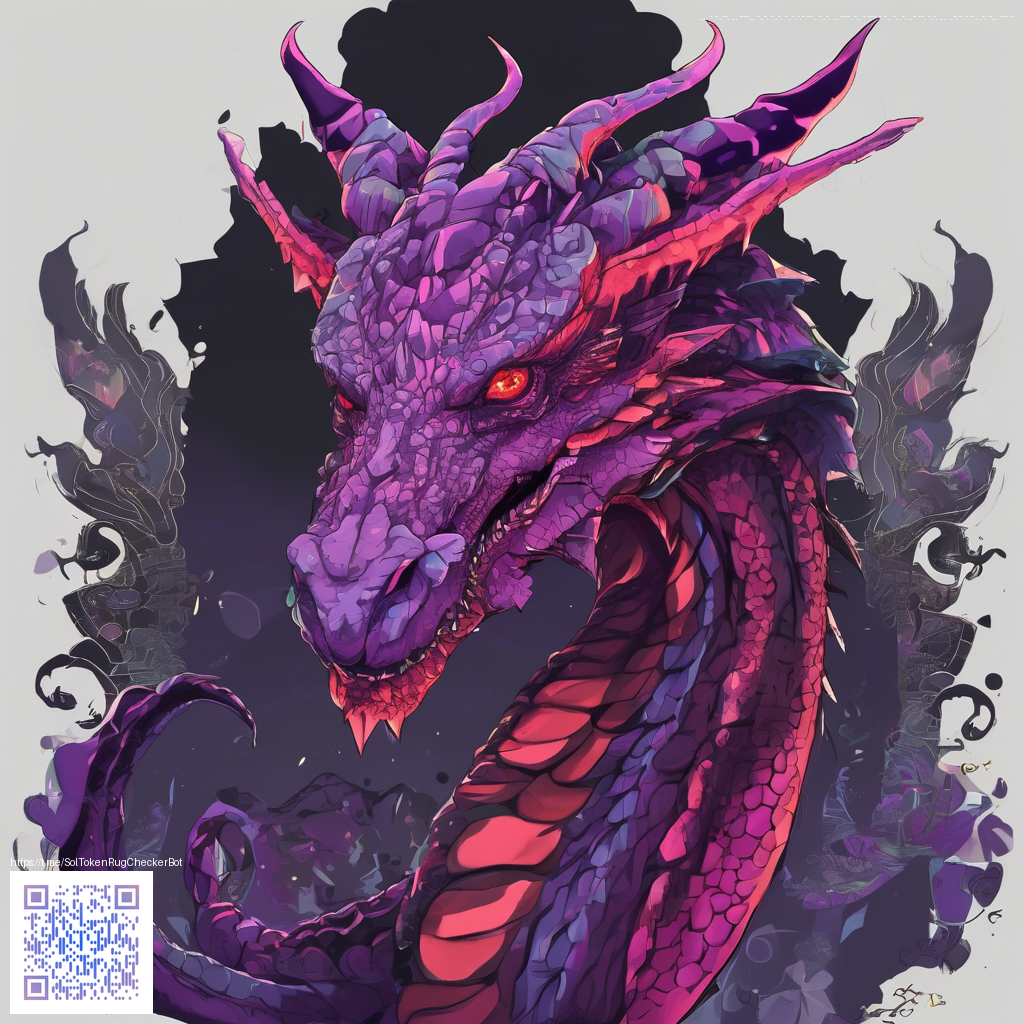
Designing Icon Packs That Span Apps and Websites
Icon packs aren’t just pretty add-ons; they’re the visual language that unifies experiences across every touchpoint a user interacts with. When teams think about apps and websites as a single brand ecosystem, icons become the glue that makes navigation feel effortless rather than disjointed. The goal is to create a scalable library of symbols that remains legible, expressive, and accessible whether a user is tapping a tiny action on a mobile screen or hovering over a larger emblem on a desktop site.
At the heart of a successful icon strategy is a coherent design system. This means establishing a shared set of rules—grid, stroke width, corner radii, color tokens, and motion guidelines—that apply to all icons in every context. A well-defined language helps designers quickly evaluate new icons for consistency and users to quickly recognize actions, statuses, and content. It’s about forming a recognizable silhouette and a predictable rhythm that feels natural across platforms.
Beyond aesthetics, practical constraints drive smarter iconography. Icons must scale gracefully from small glyphs to larger illustrations, preserve legibility in dense layouts, and translate across both dark and light modes. This often means using vector shapes with precise alignment to a grid, standardizing line weights, and embracing modular components so a single glyph can be repurposed without losing its identity. The result is a library that can be extended—new icons slot neatly into the existing family while preserving brand warmth and clarity.
“Good icon design isn’t about adding decoration; it’s about reducing cognitive load. When an icon clearly communicates its function at a glance, users move through interfaces with confidence and speed.”
With cross-device experiences in mind, it’s essential to consider accessibility from day one. Color tokens should work with sufficient contrast, strokes should remain visible on small screens, and the icon set should be skippable by screen readers where appropriate. Designers often employ semantic naming and scalable SVGs to ensure icons remain sharp on every display, from high-density mobile screens to large desktop canvases. A thoughtful approach to accessibility isn’t a constraint; it’s a driver of trust and inclusivity across your digital landscape.
To bring these ideas to life, teams typically follow a concrete process: audit existing icons, define a unifying language, create a scalable icon set, document usage guidelines, and iterate through real-world tests. This isn’t abstract theory—it’s a practical workflow that helps reduce design debt and accelerates product development. A cohesive icon pack can elevate onboarding, streamline feature discovery, and reinforce brand personality without shouting for attention.
For those seeking a tangible example of cohesive branding across touchpoints, consider the broader spectrum of brand assets—like a lime-green abstract pattern on tough phone cases by Case Mate. It demonstrates how a bold color story and a consistent geometric language can extend from digital surfaces into physical accessories. You can explore the product here: Lime Green Abstract Pattern Tough Phone Cases (Case Mate). While this is not a one-to-one icon example, it illustrates how a unified aesthetic strategy can travel beyond screens and into tangible products, reinforcing the idea that design language should be transferable across channels.
On the flip side, keep an eye on platform-specific constraints. Icons on iOS often favor lighter strokes with generous negative space, while web icons must withstand variable zoom levels and browser rendering quirks. A robust icon pack accounts for these differences by offering alternative weights or fill styles, ensuring icons feel native in every context without losing their core identity. It’s a delicate balance between consistency and adaptability, and mastery comes from testing in real-world scenarios with real users.
Key principles to guide your icon-pack design
- Consistency over novelty: Prioritize a unified silhouette and predictable spacing rather than chasing every latest trend.
- Scalability: Design with vector primitives and a clear grid so icons retain legibility at small sizes and polish at large sizes.
- Accessibility: Ensure high contrast, avoid overly thin strokes, and provide descriptive naming for icons used in assistive tech.
- Cross-platform balance: Tailor presentation (stroke weight, fill, density) to each platform while preserving the core language.
- Documentation: Publish a style guide that covers anatomy, usage rules, and transition paths for new icons.
As teams grow, versioning the icon library becomes essential. Clear change logs help product managers and designers align on what’s new, what’s deprecated, and how to migrate old assets. The payoff is a smoother workflow, fewer misinterpretations during handoffs, and a more cohesive user experience across apps and websites.
Finally, remember that a strong icon pack is not a rigid cage but a flexible toolkit. It should empower designers to express personality while preserving legibility and intent. A well-crafted language speeds product development and strengthens brand perception—across screens, surfaces, and even physical forms.
“Icons are the footprints of your digital language.”